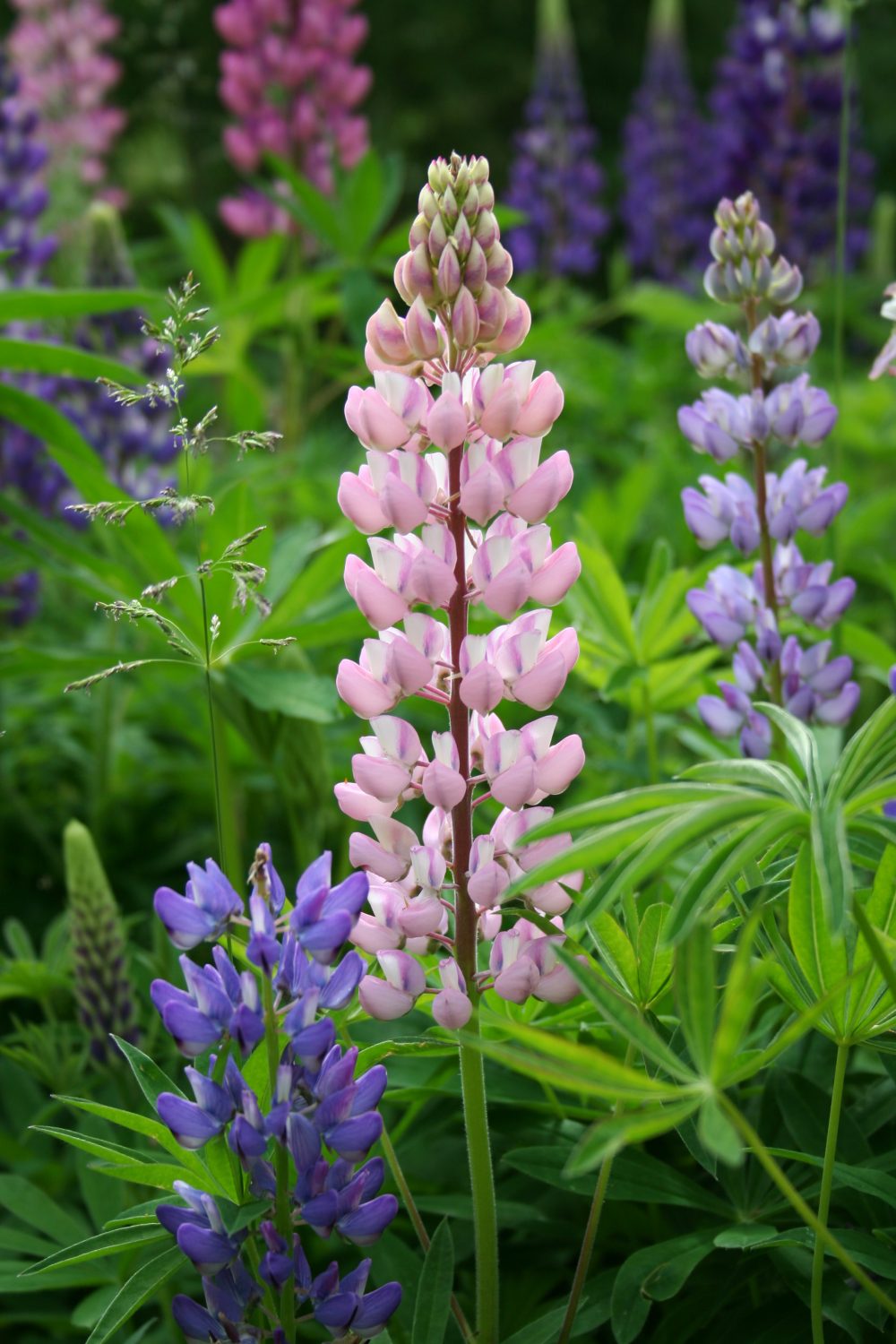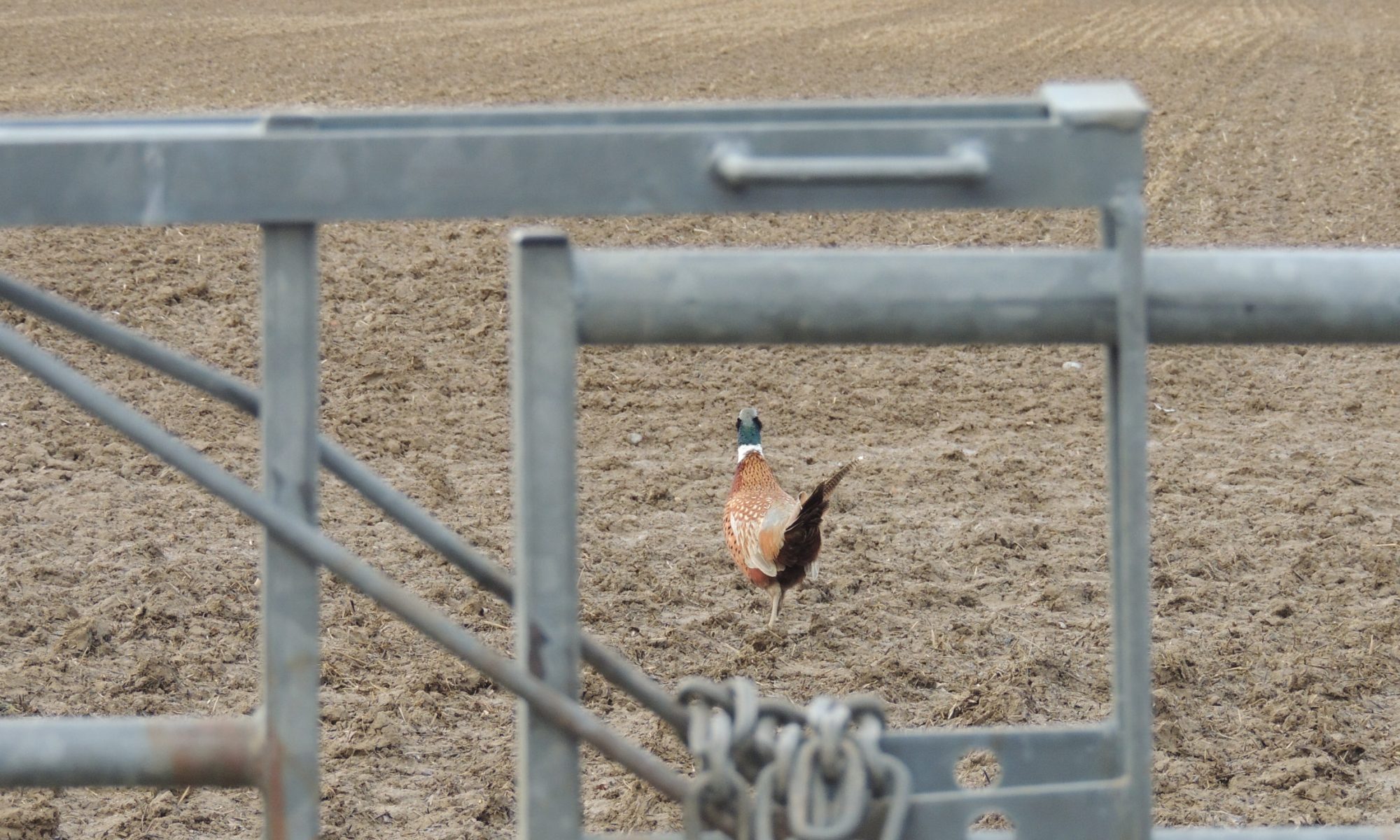When you’re starting from scratch with a new garden, it’s quite useful to peer over your fence to see what your neighbours are growing or what sort of trees are growing in the nearest piece of woodland to you but you can only benefit from this if you have an idea of which shrub is which and can identify a few native trees and know what type of soil they are happy in.
Knowing your soil type before you start to plant and how to improve it will help you not to waste time or money planting trees and plants that won’t appreciate their new home.
An old method of finding out what type of soil you have is to grab a trowel, dig down a few inches and bring out some soil, wet it and see if you can roll it into a small ball. Clay soil will produce something resembling a marble. If your soil is sandy, the whole thing will fall apart and if your soil is loamy, it’ll look alright but will soon cave in and lose shape.
There are four main types of soil in the UK:
clay sand loam chalk
Chalky soils are particularly alkaline and can often be recognised by outcrops of white stone as on the Cliffs of Dover and on the North and South Downs. Many chalk soils are particularly free draining and have low fertility but with a little clay present, conditions improve for plant life as nutrient levels rise and water retention improves. This soil can not be ‘acidified’ in order for you to grow acid loving plants such as camellias and rhododendrons and alkaline loving plants are your only choice on these soils.
Clay soils are difficult to work, wet and cold in the winter and capable of baking and cracking in a hot summer. They also tend to warm up later in the spring than other soils. But with the addition of organic material and grit, the clay will become more crumbly in consistency, the drainage improves and nutrients in the soil are more easily accessed by your plants.
Dig clay soils in the autumn leaving the clods open for the frost to break down. Avoid treading on the soil to avoid compaction, use a board to stand on and ideally use a fork rather than a spade as the spade will seal the edges of any hole reducing good drainage in that area. Incorporate as much horticultural grit to this soil as you can and of course organic material. There is no need to dig it in as it will be taken in by worms naturally.
Loamy soils. Yes, ideal – lots of variations and usually a mixture of silt, sand in equal constituent parts with approximately 20% of clay. Easily workable, fertile, full of organic matter, well draining and nutrient rich. Add organic material to loam liberally.
Sandy soils. These are the soils that are recognisably fine grained, well drained, light and low in nutrients. Again, add organic matter regularly and work in early spring rather than the autumn.
Organic matter can be farmyard manure or your own compost that you’ve made yourself incorporating anything from grass clippings, annual weeds, wood ash, chicken house bedding, shredded newspaper, plant prunings, kitchen peelings, chopped up natural fibres such as cotton and wool. Layer the ingredients as much as you can and turn the pile as often as you have the time or the energy – water in dry spells and insulate when the weather is cold.
Compost deciduous leaves separately, leave to break down for a couple of years and sprinkle in a general fertiliser every few inches. Cover them with an old carpet or sheet of plastic.
Grow green manure. Some can be overwintered and some are sown for a quick spring and summer crop. Winter tares and winter field beans are good for heavy clay soils, crimson clovers are good for light soils, and alfalfa and trefoil favour dry chalky (alkaline) soils. Lupins are happy on dry acidic soils and both lupins and clover fix nitrogen in the soil.
Once you have established what type of soil you have, any garden centre or ironmonger should be able to sell you a pH testing kit. Some of them are quite elaborate but I don’t think you need to spend a fortune. The idea of a pH kit is to work out whether your soil is acid or alkaline (limey) or whether you’re lucky enough to have a neutral soil which is 7.0 on the scale which goes from 1 to 14. In this country anything from 4.00 to 8.5 is possible but the ideal is 6.5 – 7. Try taking your samples from two or three different places in the garden.
Knowing your soil’s pH enables you to find the Perfect Plant for the Perfect Place:
Chalky alkaline soils are great for buddleias – try B. davidii ‘Dartmoor’ which has very full flower heads and a distinctive scent. If you have a warm sheltered site try the evergreen Itea ilicifolia. Long green catkins have a delicious honey-like fragrance.
Well worked clay is marvellous for roses. They seem to thrive on it. As do the fragrant philadelphus, lilacs and evergreen Osmanthus x burkwoodii.
Cistus, potentillas, lovely late flowering Lespedeza thunbergii with its late-flowering purple pea flowers are happy in sandy soils as are grey-leaved senecios and ballotas. Many of the grey-leaved ‘Mediterranean’ plants will be happy on this type of soil as their need for nutrients and water is limited and they are adapted to a scarcity of both.
TEST

- words: Sue Whigham
You may also like
Go with the Flow
Sue Whigham shares some valuable new-to-gardening advice I’m sure that by now we should be used to the rain but I’m not entirely sure that we are. We had a dry, sunny day the other day and how everybody’s mood...
Farm Fables
Jane Howard gets to the bottom of why so many ponds have disappeared across the High Weald I have a new passion, almost an obsession, it’s about ponds. And there’s a distinct possibility I might become a bit of a...
Hedge Issues
Sue Whigham takes a meander along nature’s verdant and vital corridors Recently the BBC’s Today programme carried a feature about England’s hedgerows which created a lot of interest among listeners. On the strength of that, Martha Kearney interviewed one of...

















